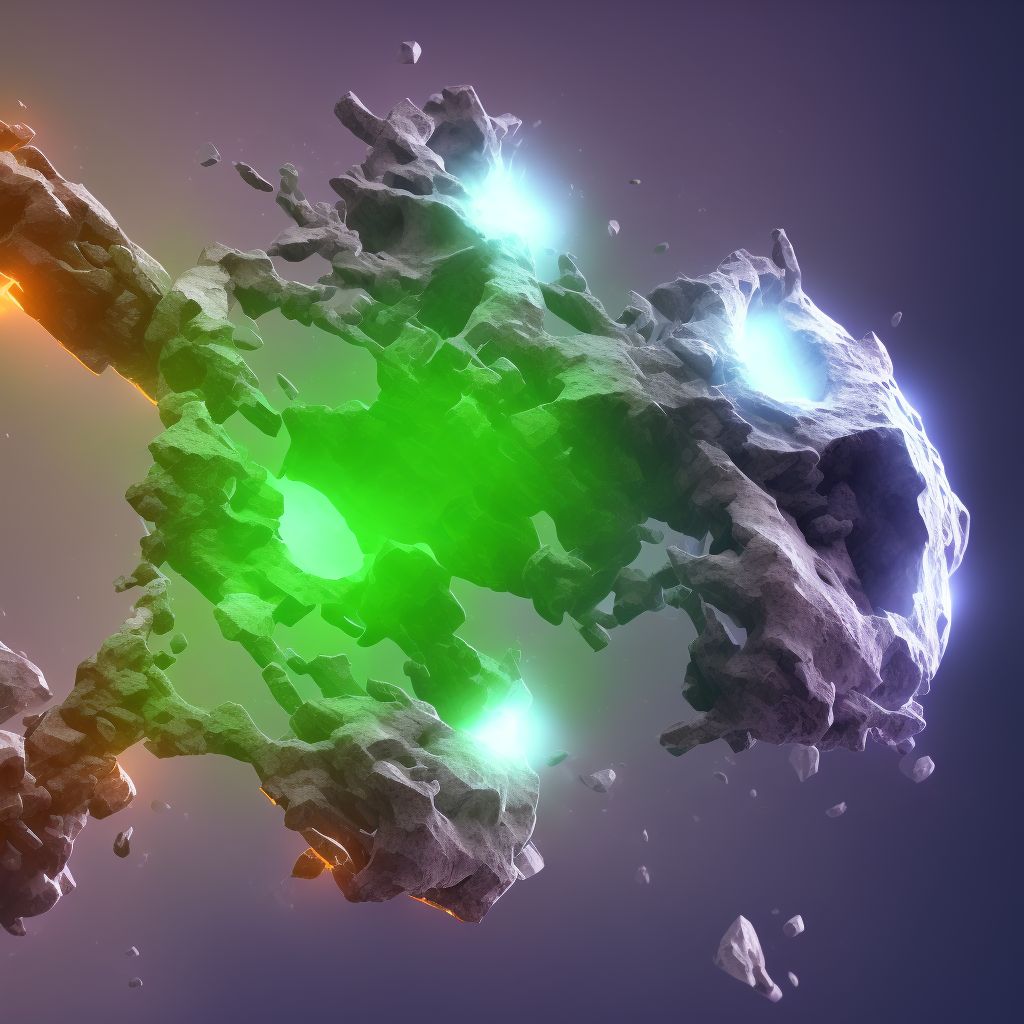
Unspecified fracture of lower end of left tibia, subsequent encounter for open fracture type I or II with routine healing Save
ICD-10 code: S82.302E
Disease category: S82.302: Unspecified fracture of lower end of left tibia
Unspecified Fracture of Lower End of Left Tibia: Understanding Open Fracture Type I or II with Routine Healing
Fractures can occur in various parts of the body, and one common site is the lower end of the left tibia. This article aims to shed light on an unspecified fracture of the lower end of the left tibia, specifically focusing on subsequent encounters for open fracture type I or II with routine healing. Let's explore this condition further.
When an individual experiences an unspecified fracture of the lower end of the left tibia, it means that the precise details of the fracture are not specified. However, the subsequent encounter refers to the medical visits that follow the initial diagnosis. In the case of an open fracture type I or II, the skin is broken, and the bone may or may not protrude through the skin. These fractures are typically caused by accidents, falls, or direct trauma to the affected area.
It is important to note that this article does not cover treatment options for this condition. Instead, it aims to provide information about the condition itself and the healing process that follows.
When dealing with an open fracture type I or II, routine healing is typically expected. Routine healing involves a series of natural processes that promote bone repair and regeneration. The body initiates an inflammatory response at the fracture site, which helps in the formation of a blood clot and the recruitment of specialized cells called osteoblasts.
- The first step in routine healing is the formation of a hematoma or blood clot at the fracture site. This provides a temporary framework for the subsequent healing process.
- Next, the body starts producing new blood vessels in the fractured area, a process known as angiogenesis. These blood vessels supply oxygen and nutrients to the healing bone.
- Simultaneously, osteoblasts start generating new bone tissue at the fracture site. This process is called the formation of a callus, which bridges the broken ends of the bone.
- Over time, the callus is remodeled and transformed into mature bone tissue. This process can take several weeks or months, depending on the severity of the fracture.
It's worth noting that open fractures require immediate medical attention to prevent infection and ensure proper healing. Surgeons may clean the wound and stabilize the fracture using various techniques, such as external fixation or internal fixation, to facilitate the healing process.
In conclusion, an unspecified fracture of the lower end of the left tibia with subsequent encounters for open fracture type I or II with routine healing involves the natural healing process of the bone. This article aimed to provide an overview of this condition without discussing treatment options. If you suspect you have this type of fracture, it is crucial to consult a medical professional for an
Treatment of Unspecified fracture of lower end of left tibia, subsequent encounter for open fracture type I or II with routine healing:
Treatment Options for Unspecified Fracture of Lower End of Left Tibia
An unspecified fracture of the lower end of the left tibia can be a painful and debilitating condition. However, with the right treatment options, patients can experience significant improvement and regain their mobility. Here are some common treatment options for this type of fracture: